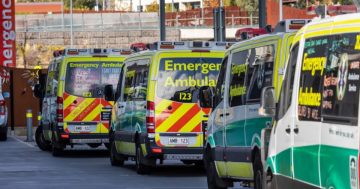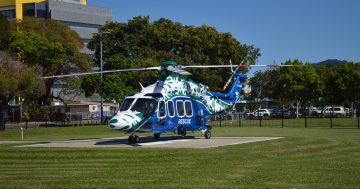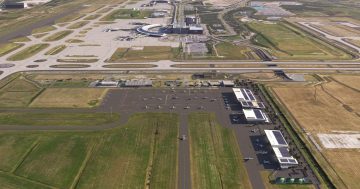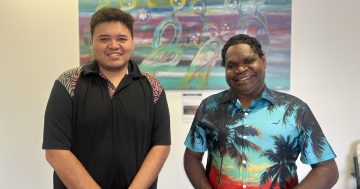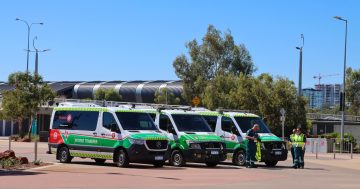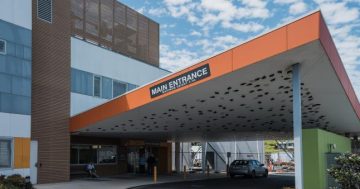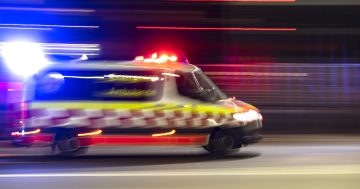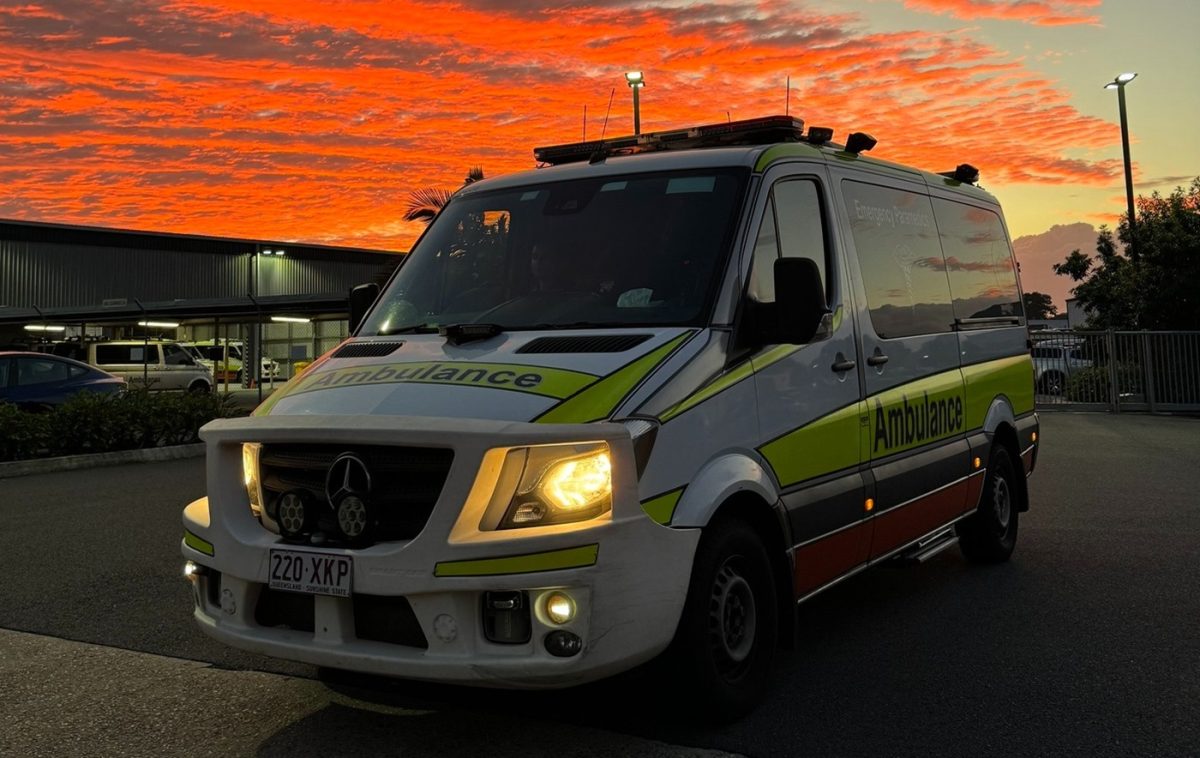
The Queensland Ambulance Service says it has experienced significant growth in demand in the past year. Photo: QAS.
The death of a Gold Coast man in early May has highlighted the problems of ambulance ramping due to a lack of beds at Queensland hospitals’ emergency departments.
The 78-year-old man was reportedly cared for in the back of an ambulance for nearly two hours at the Gold Coast University Hospital before being admitted to an acute bed for another 11 hours.
The hospital says the man was cared for before he was admitted.
“No, he wasn’t ramped for two hours, it was one hour 45 minutes,” the hospital’s director of emergency medicine, Dr David Green, told media.
Dr Green said patients were never left alone in an ambulance.
“They are jointly managed by QAS and ED staff,” he said. “That may also take place in our corridors.
“Ideally, we would want to offload that patient into a bed as soon as he arrived. We were unable to do that due to the circumstances available.
“We were aware of the significance of the patient but we had a large number of other competing tasks. We are the busiest emergency department in the entire country here and our growth is phenomenal.”
Dr Green said overcrowding in hospital emergency departments was a major problem throughout Australia which also distressed hospital staff.
“The fundamental problem was the lack of beds to offload that patient on to,” he said. “But, rest assured, the patient was receiving care throughout the time of that clinical episode.”
But leaked emails from the Queensland Ambulance Service (QAS) obtained by 9 News in Brisbane claim the paramedics looking after the man had major concerns for his worsening condition and had tried to escalate his care on multiple occasions. The emails allegedly show the QAS medical director said the patient should never have remained ramped.
When asked whether treating patients in corridors was ideal, Health, Mental Health and Ambulance Services Minister Shannon Fentiman said: “Absolutely not”.
“We want patients to be treated in emergency department spaces, of course we do, that’s why we have thousands of new beds coming online,” she said.
In a separate statement, Ms Fentiman said: “Despite a surge in patients visiting hospitals, Queensland’s healthcare system continues to deliver world-class care – a testament to our dedicated healthcare workers who are going above and beyond for Queenslanders.
“Ambulance crews transferred 4200 more patients from stretchers to hospitals within 30 minutes compared to the same time last financial year, even with a rise in life-threatening calls,” she said.
“Our EDs have seen the highest number of patients ever, exceeding 603,000. Despite this surge, we’ve maintained wait times and treated more critical cases.”
The QAS said its 308 locations responded to an average of 1400 Code One emergencies and transported nearly 3000 patients to hospital every day. It had experienced significant growth in demand in the past year.
It said its average response time in the nine months to March 2024 to Code 1A calls – the most critical patients – was 8.5 minutes.


